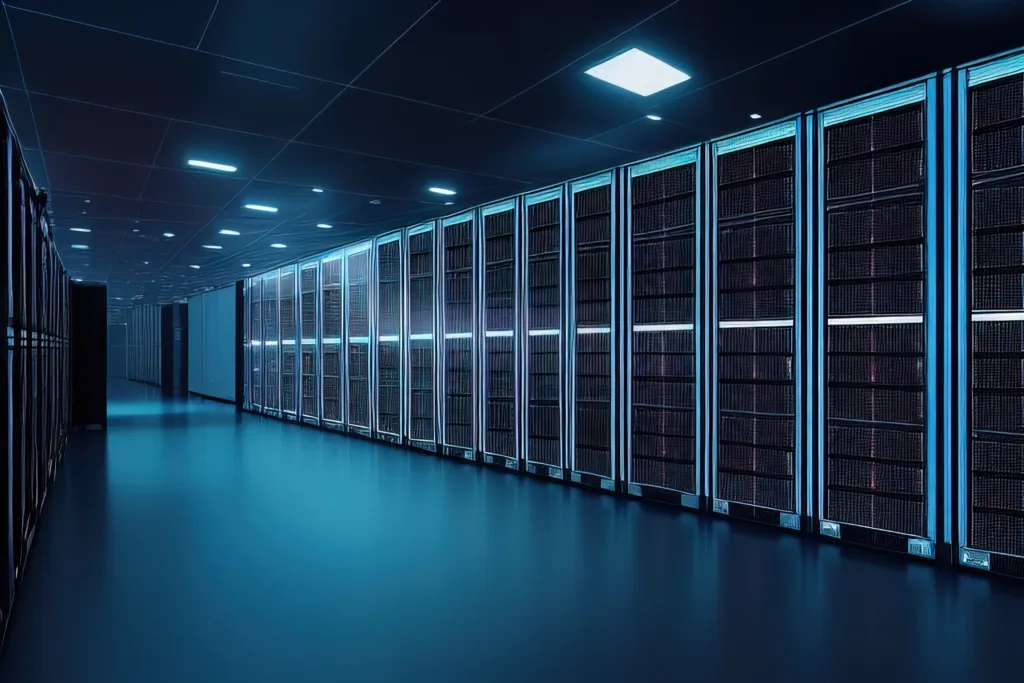Digital content delivery refers to the distribution of various forms of digital media, such as music, videos, documents, and software, over communication networks. Evolving significantly since the 1980s, digital content delivery has transformed the way content is consumed, shared, and monetized.
In the early 1980s, digital content delivery was primarily limited to physical media like floppy disks and CDs. However, with the rise of the internet, advancements in computing, and the increasing power of communication networks, the landscape began to change. The emergence of file transfer protocols, such as FTP (File Transfer Protocol), allowed for the transfer of digital files over interconnected computer networks.
By the 1990s, the World Wide Web became widely accessible, and the internet began to revolutionize digital content delivery. The introduction of the Hypertext Transfer Protocol (HTTP) enabled the seamless retrieval and display of web pages and media files. This shift in technology opened up new opportunities for businesses to distribute digital content directly to users’ computers.
The early 2000s witnessed a significant milestone with the advent of peer to peer (P2P) file sharing. Platforms like Napster, Bittorrent, and LimeWire enabled users to share and download digital content directly from one another’s devices. This decentralized approach challenged traditional content distribution models, leading to legal debates around copyright infringement and the unauthorized sharing of copyrighted material.
The mid 2000s marked a pivotal moment with the rise of digital content platforms and online stores. Companies like Apple with iTunes and Amazon with its digital music store started offering legal ways to purchase and download music, signaling a shift towards legitimate digital content distribution.
The subsequent years brought further advancements in streaming technologies. With the widespread availability of broadband internet connections, streaming services like YouTube, Netflix, and Spotify gained popularity. Content delivery networks (CDNs) played a crucial role in ensuring seamless delivery of media by caching and distributing content from geographically distributed servers closer to the end users.
More recently, the proliferation of mobile devices and the advent of high speed mobile networks have fueled the growth of digital content delivery. Streaming platforms have become ubiquitous, offering not only music and videos but also podcasts, audiobooks, and various forms of digital publications.
Today, digital content delivery continues to evolve rapidly. The focus has shifted towards personalized content recommendations, improved user experiences, and the expansion of digital rights management to protect intellectual property. Additionally, emerging technologies like virtual reality (VR) and augmented reality (AR) are reshaping the way digital content is created, delivered, and consumed.







